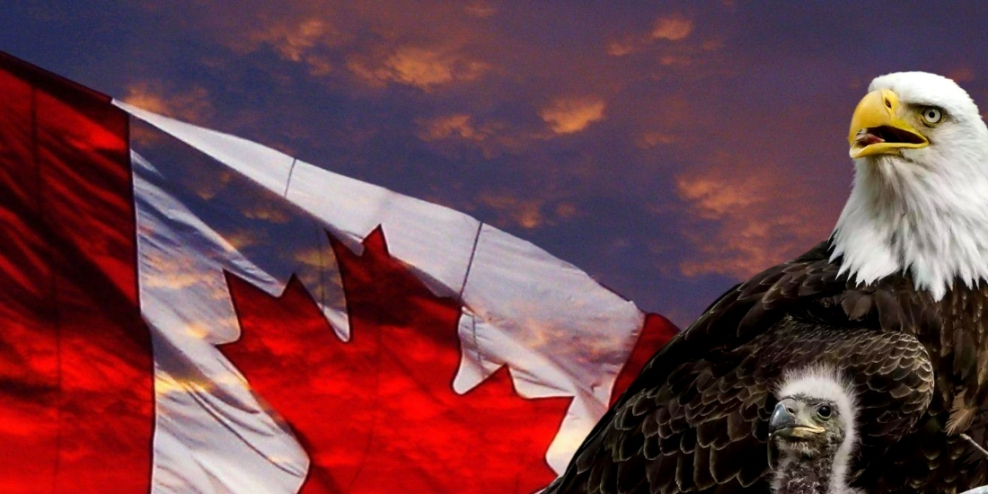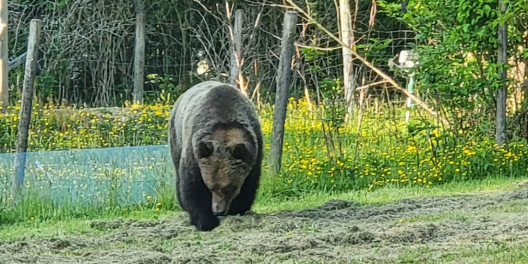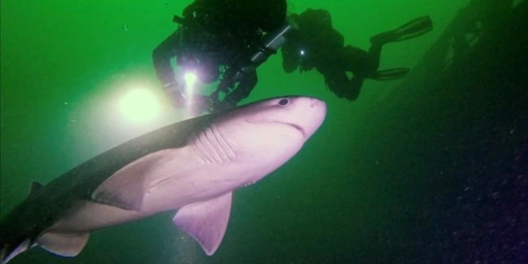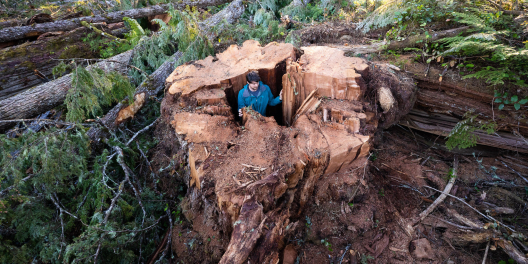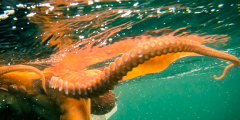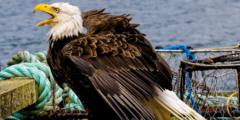Baby bald eagles have a huge appetite. It takes a lot of food to become the country’s biggest bird of prey!
Port Hardy photographer Darrell Gilmore captured some beautiful shots of a mama bald eagle teaching her babies to fish.
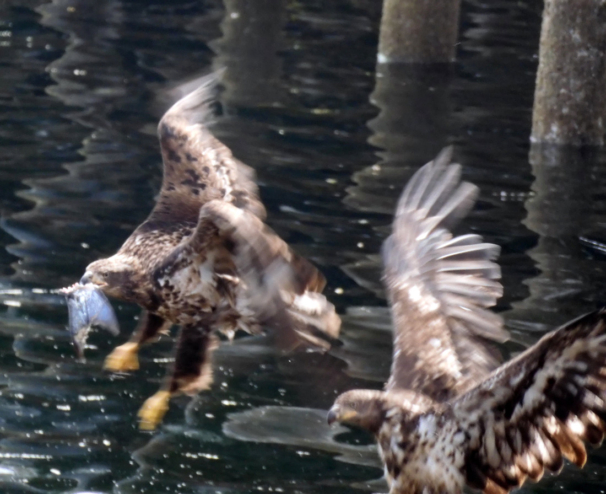
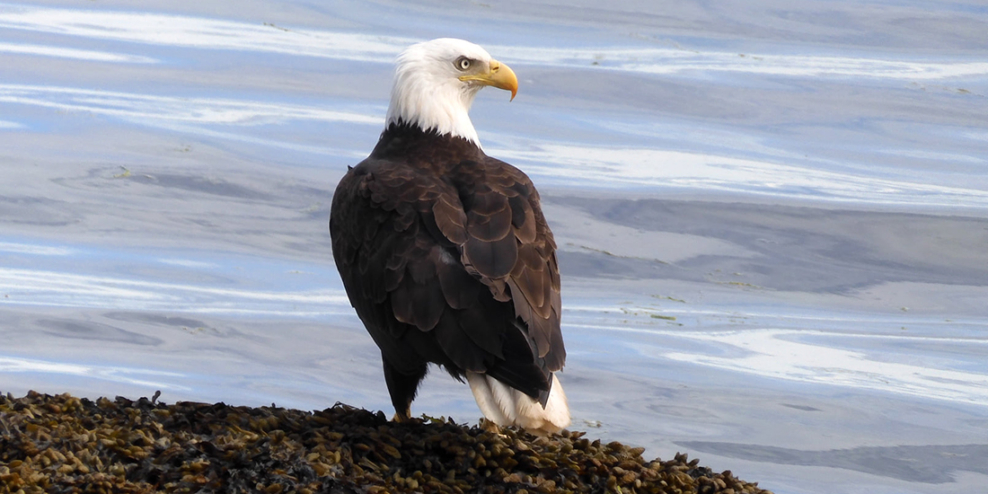

Baby bald eagles, called eaglets, are brown and white. Often, they are just as big as their parents, but they weigh a lot less. Maybe that’s why they eat so much.
Bald eagles suffered after World War II. Farmers sprayed DDT to control pests, but the chemical polluted the water and fish that the eagles needed to survive. As a result, they stopped laying as many eggs, and their numbers dropped.
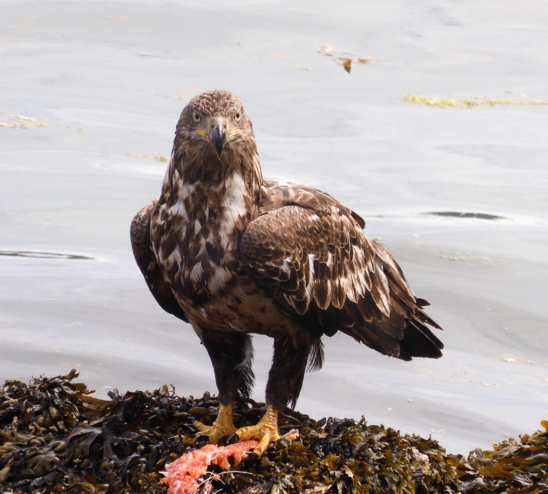

These Eagles are one of the largest birds in North America, with the female being larger than the male. Once paired, bald eagles will remain together until one dies.
They can reach speeds of about 56 kilometres per hour and fly to an altitude of 10,000 feet.
DDT was phased out between 1969 and 1990, and since then, eagles have been coming back. Since then, the eagle population on Vancouver Island has been growing, but slowly.
Bald eagles faced extinction in the lower 48 States but have bounced back in recent years. Found over most of North America from Alaska and Canada to northern Mexico, British Columbia now has the second most after Alaska.
Eagles are still threatened. Only half of the baby eaglets hatched on the Island make it to adulthood. Bald Eagles need a hunting area varying between 1,700 to 10,000 acres. They need intact forests to nest in close to streams filled with fish to eat.
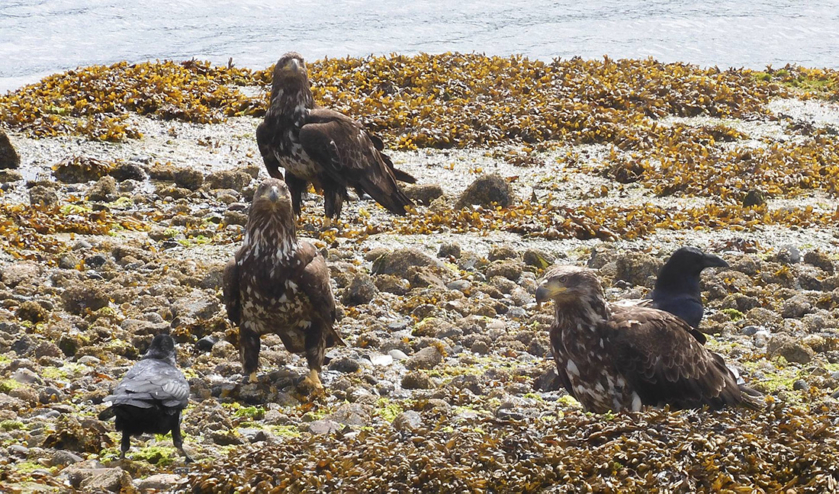

That’s the problem. Large old-growth forests are rare because of a long history of clearcut logging. Big patches of old-growth near salmon streams are even rarer. And of course, Island salmon runs have collapsed because of climate change and parasites from floating feedlots.
But we can help the eagles. Protecting wild salmon means these babies will have enough to eat to grow strong and become parents themselves. And preserving the remaining old-growth forest from logging means they’ll have somewhere to nest.
If we make a few changes now, we’ll be living with these majestic creatures for decades to come.
